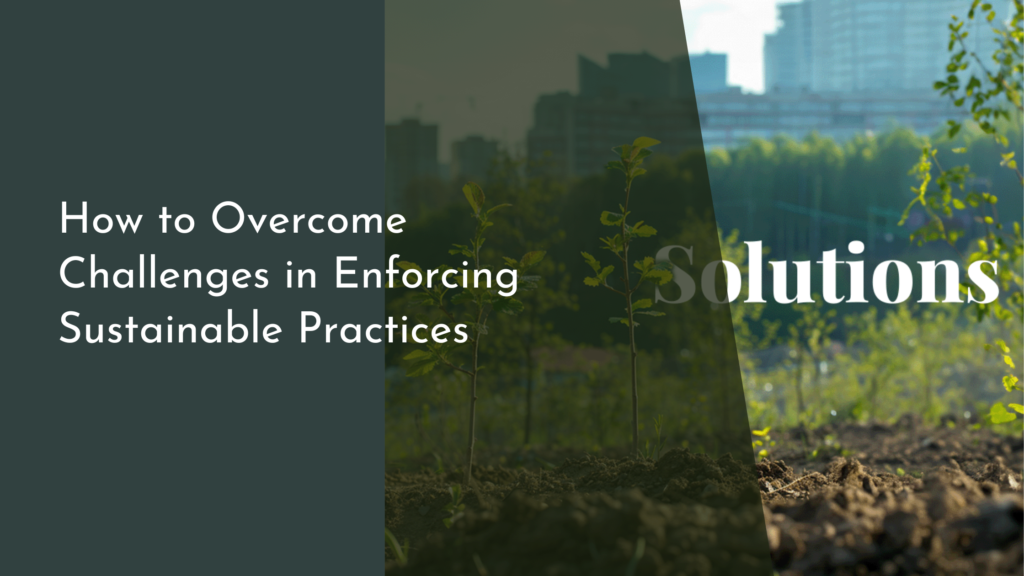Implementing Permaculture in Schools: Educational Benefits
Permaculture, a sustainable design system that integrates land, resources, people, and the environment, is increasingly making its way into educational settings. By implementing permaculture practices in schools, educators are not only enhancing the learning experience but also instilling valuable life skills in their students. This article explores the myriad educational benefits of integrating permaculture into school curriculums, focusing on the joy it brings to learning, the hands-on experiences it offers, the environmental awareness it fosters, and the sense of community it cultivates.
Discovering the Joy of Permaculture in Education
Introducing permaculture in schools opens up a world of joy and discovery for students. Engaging with nature has been shown to improve mental health, boost creativity, and foster a sense of wonder. When students participate in designing gardens and learning about sustainable practices, they develop a personal connection with the environment. This hands-on approach makes learning more dynamic and enjoyable, as students can witness the impact of their efforts in real-time.
Furthermore, permaculture transforms traditional classroom settings into vibrant outdoor learning environments. Nature becomes the classroom, and students can explore ecological concepts through practical applications. Lessons that might typically feel abstract, such as the water cycle or nutrient cycling, become tangible experiences as students observe and interact with ecosystems. This immersive approach not only cultivates a love for learning but also enhances critical thinking and problem-solving skills.
Engaging Students Through Hands-On Learning Experiences
Hands-on learning is at the heart of permaculture education, allowing students to gain practical skills that extend beyond the classroom. By participating in activities like planting, composting, and maintaining gardens, students learn essential life skills such as teamwork, responsibility, and patience. These experiential learning opportunities empower them to take ownership of their education, as they see the direct results of their involvement in sustainable practices.
Moreover, such engaging activities can cater to various learning styles and abilities. Kinesthetic learners thrive in active environments, while visual learners benefit from seeing the growth and changes in their gardens. By providing diverse learning experiences through permaculture, schools can foster a more inclusive educational atmosphere where every student has the opportunity to shine and contribute.
Fostering Environmental Stewardship in Young Minds
Introducing permaculture in schools is a powerful way to cultivate environmental stewardship in students. As they learn about sustainable practices and the importance of biodiversity, students develop a deeper understanding of their role in protecting the planet. This awareness encourages them to think critically about their impact on the environment, making more informed choices in their daily lives.
Additionally, permaculture education promotes a sense of responsibility towards future generations. Students become advocates for sustainability, sharing their knowledge with family and friends and inspiring others to adopt eco-friendly practices. This ripple effect empowers young people to be proactive in addressing environmental challenges, fostering a generation of eco-conscious citizens dedicated to creating a healthier planet.
Cultivating Community and Collaboration in Schools
Permaculture not only enriches the educational experience but also strengthens community ties within schools. By working together on garden projects and sustainability initiatives, students, teachers, and parents can build lasting relationships. This collaborative spirit fosters a sense of belonging and unity, transforming schools into thriving communities focused on shared goals and values.
Moreover, the sense of community extends beyond the school grounds. Schools can engage with local farmers, environmental organizations, and other community members, creating a network of support and resources. Such collaborations not only enhance educational experiences but also promote local sustainability efforts, demonstrating how schools can be agents of change within their communities.
Implementing permaculture in schools is a joyful and transformative journey that benefits students, educators, and the community. Through hands-on learning experiences, environmental stewardship, and collaboration, students gain practical skills and develop a deep connection to the world around them. As schools embrace permaculture, they are not just teaching students about sustainability; they are inspiring the next generation of leaders and caretakers of our planet. With each seed planted and every garden tended, we nurture a brighter, more sustainable future for all.

